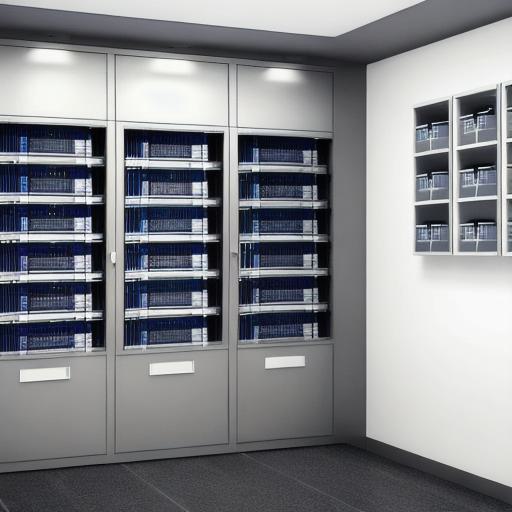A data room is a secure digital or physical space where companies store and share sensitive documents and data with third parties, such as investors, buyers, or regulators. It facilitates due diligence processes by providing controlled access to essential information. Data rooms can be physical filing cabinets or virtual repositories, like cloud-based platforms.
Data rooms serve various purposes in business transactions:
- Mergers and Acquisitions (M&A): Buyers and sellers use data rooms to exchange critical business information during the due diligence process. This helps both parties to make informed decisions about the deal’s terms, potential risks, and synergies.
- Fundraising: Startups and growth companies share their financial statements, business plans, and other relevant documents in a data room with potential investors to secure funding.
- Compliance and Regulatory Requirements: Companies may be required by law or industry regulations to maintain specific records in a data room for easy access by auditors and regulators.
Query 2: What are the essential features of a well-organized data room?
A well-organized data room ensures efficient access to information, maintaining security, and streamlining collaboration between parties involved in a transaction or compliance process.
Key features include:
- Clear Folder Structure: A logical folder structure helps users navigate the data easily. Use clear names for each folder, and group files based on their relevance.
- Access Controls: Proper access controls ensure that only authorized users can view specific documents. This includes setting permissions for different levels of access (read-only or full control), and granting/revoking access as needed.
- Version Control: Data rooms allow users to track changes to files, ensuring all parties are working with the most up-to-date information.
- Search Functionality: A robust search function allows users to quickly locate relevant documents without having to navigate through folders manually.
- Secure Communication Channels: Data rooms provide secure channels for communication between parties, allowing them to discuss and collaborate on shared files in a controlled environment.
Query 3: How do I create an effective data room for my business?
Creating an effective data room involves careful planning, organization, and execution.
Here are the steps to follow:

- Identify the Data: Determine which documents and data need to be shared with external parties or regulators. This could include financial statements, business plans, contracts, and other essential information.
- Organize the Data: Arrange the files into a logical folder structure based on their relevance and ease of access for users. Ensure clear names for each folder and file to simplify navigation.

- Set Up Access Controls: Configure user permissions and access controls based on the roles and responsibilities of different parties involved in the transaction or compliance process.
- Implement Version Control: Use a data room that allows you to track changes to files, ensuring all users are working with the most up-to-date information.
- Collaborate Securely: Utilize secure communication channels within the data room for discussions and collaborations on shared files, minimizing the need to rely on external email or messaging platforms.
- Regularly Update the Data Room: Keep your data room current by regularly adding new documents and updating existing ones as needed. This will ensure that all parties have access to the most accurate information throughout the entire process.
